|
Seeing was forecast to be mediocre yesterday, and atmospheric transparency will below average. But the Moon rose exceptionally early - it was high in the sky by early afternoon - and therefore within range of my backyard. It had been a couple months since I was out with a telescope, owing to the turbulent winter atmosphere here in DC. I had to scratch the itch. As usual, I set up my Takahashi FC-100DZ in moments, this time with my CT-20 mount attached to the Berlebach Uni tripod. This was a lightweight but rock-solid setup, and as usual the refractor cooled down in just a few minutes. As the sky darkened to an indigo blue, I wheeled the telescope over to the Moon - and was stunned. Seeing, it turned out, was a good deal better than average - and the Moon was just beautifully sharp through my 24mm Panoptic eyepiece (which gives a magnification of just over 33x). Check it out, now at 80X with a 10mm Delos: Very striking last night was my favorite lunar crater, giant Plato, which as I've discussed in this blog was the focus of efforts to detect lunar environmental changes - and perhaps signs of life - in the nineteenth century. Many contemporary observers sought to measure shifts in the crater rim's shadows, which supposedly betrayed evidence for an atmosphere. Ever since reading their logbooks, these shadows had a special significance for me - and now I always try to see them change. No luck yet! The cluster of tiny (from our perspective) craterlets on Plato's floor are often a test of good seeing and great optics, and I think I could just make out a few of them last night. Then I wheeled over to the mass of giant, craggy craters along the Moon's southern terminator, which always provide a spectacular view. Copernicus, quite possibly the most striking lunar crater, is so impressive when the Moon is around halfway illuminated. Occasionally the atmosphere seemed entirely stable, and when it did the crater snapped into exquisite detail. Copernicus was the target of Eugene Shoemaker's pioneering, 1962 study on lunar stratigraphy, which helped unearth a kind of Rosetta stone for deciphering the history of the Moon's landscapes. Looking at the layers upon layers around the crater, now at 175x, it's easy to see why: Last night was a reminder to be wary of seeing forecasts. As I've experienced before, they can be really inaccurate - and in any case, seeing can vary from part of the sky to another. I'm going to try to avoid staying in on a clear night because bad seeing is forecast; next time that happens, I'm going to have a look for myself.
2 Comments
|
Archives
March 2024
Categories
All
|

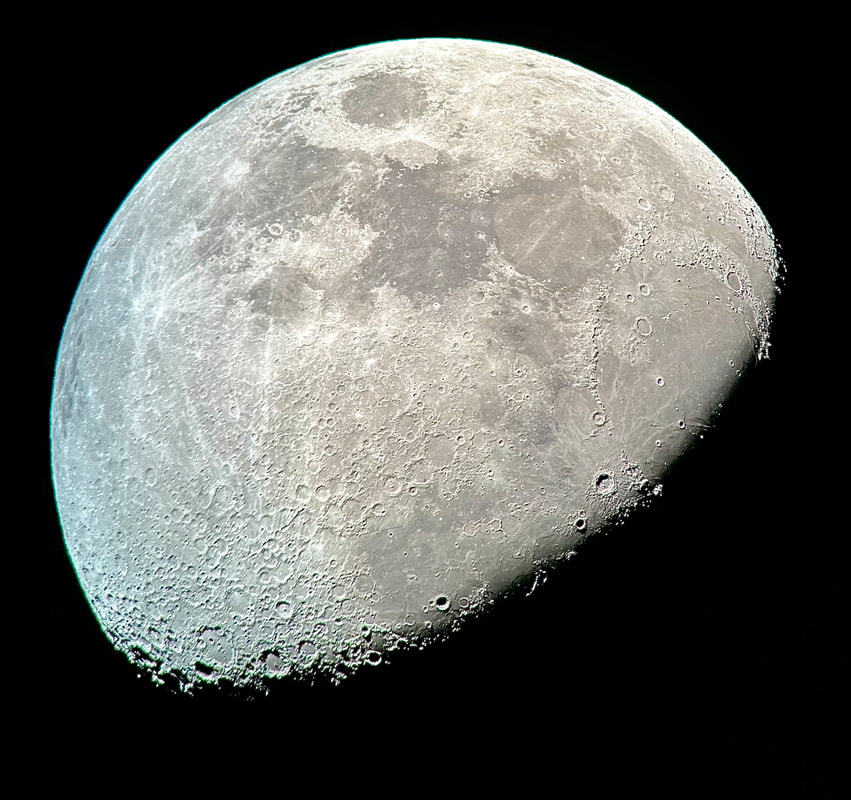
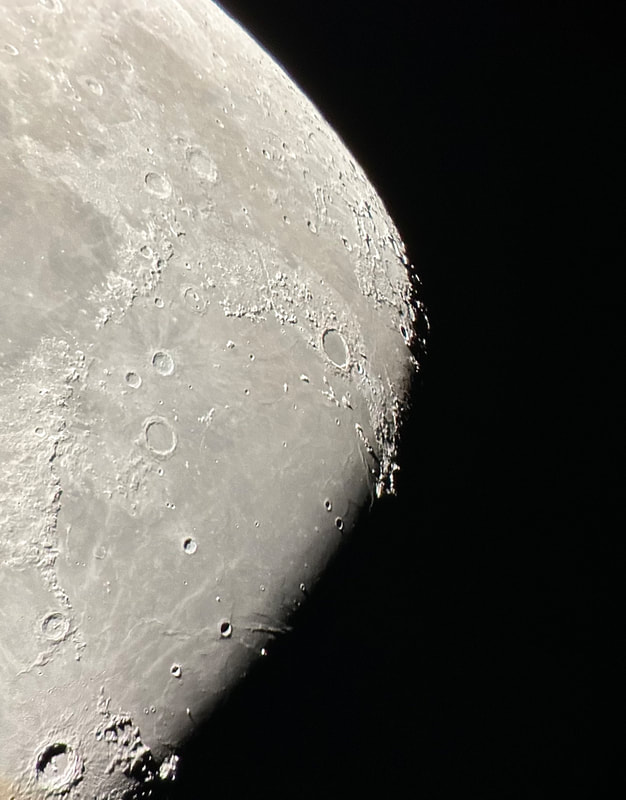
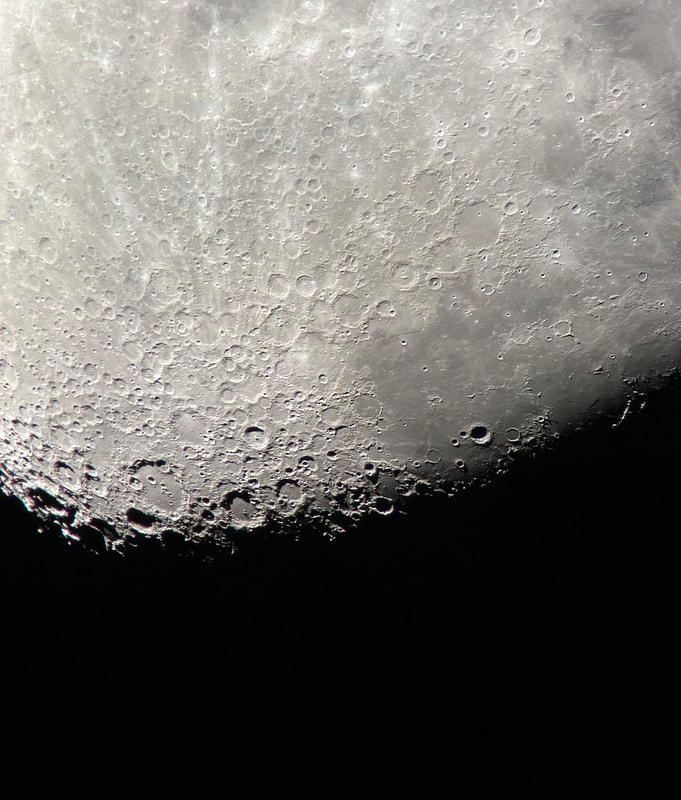
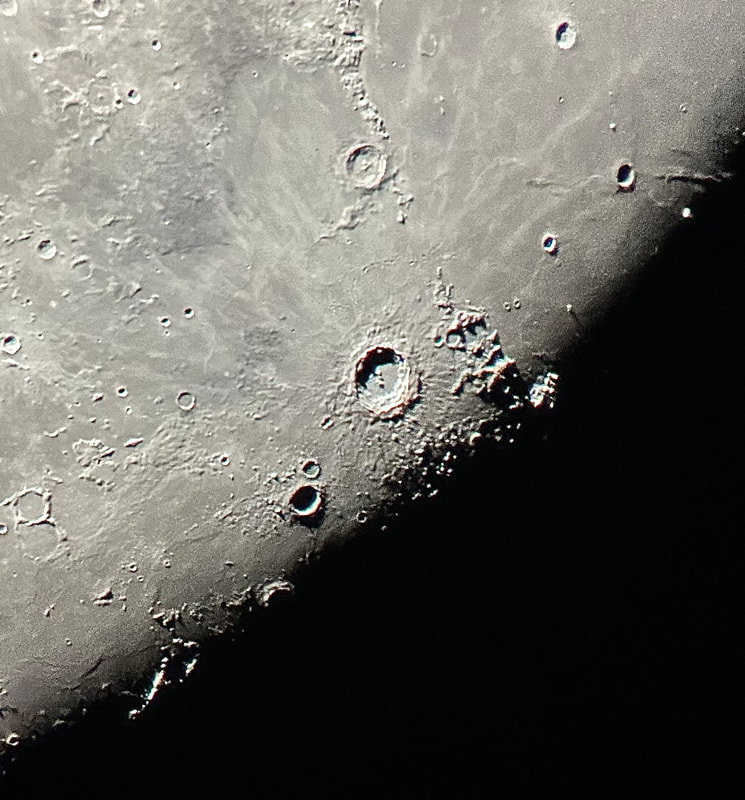

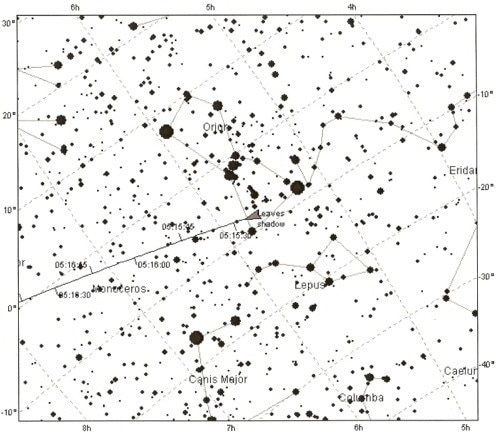
 RSS Feed
RSS Feed